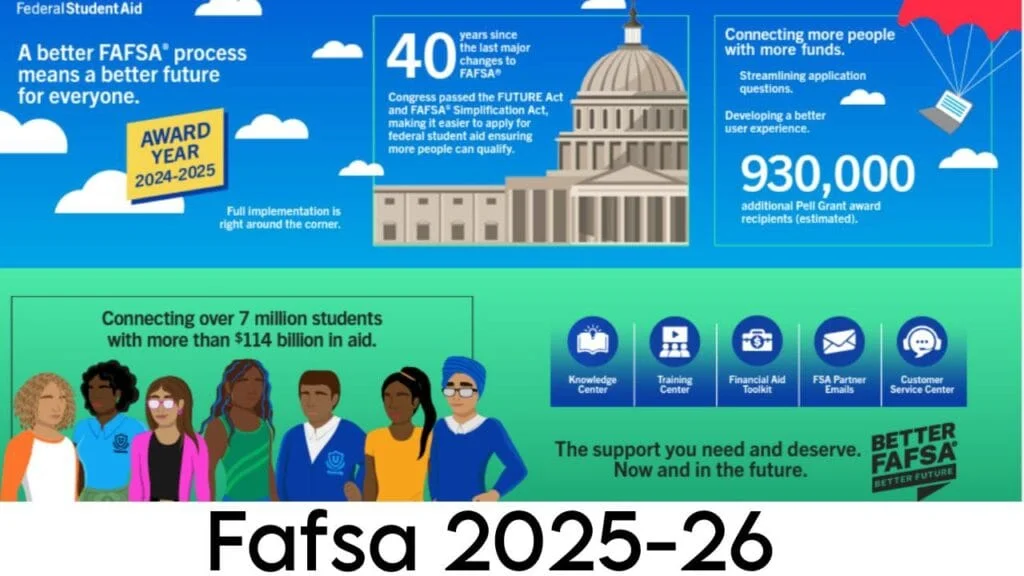Say Goodbye to Retiring at 65: Social Security Sets a New Retirement Age for 2026 ; For decades, age 65 has been seen as the golden number—the age at which Americans planned to leave the workforce and enjoy their retirement. But beginning in 2026, that long-standing benchmark is changing. Social Security has announced adjustments to the full retirement age (FRA), marking a significant shift in how and when Americans will begin receiving their full benefits.
This change will affect millions of workers and future retirees, especially those born after 1960. Whether you’re nearing retirement or just entering the workforce, understanding the new rules is critical for effective planning.
What Is Changing in 2026?
Starting in January 2026, the Social Security Administration (SSA) will increase the full retirement age from the current 67 to 68. This move is part of a broader initiative to maintain the long-term sustainability of the Social Security trust fund, which is projected to experience a shortfall by the mid-2030s if no reforms are implemented.
Key Details of the 2026 Retirement Age Policy
| Feature | Current (Before 2026) | New (From 2026) |
|---|---|---|
| Full Retirement Age (FRA) | 67 | 68 |
| Early Retirement Age | 62 (with reduced benefits) | 62 (unchanged, with higher reductions) |
| Year of Birth Affected | Born 1960 and later | Born 1961 and later |
This change applies to individuals born in 1961 or later, meaning those who turn 65 in 2026 or beyond will need to wait until age 68 to collect full Social Security retirement benefits.
Why the Retirement Age Is Increasing
The decision to raise the retirement age is not arbitrary. Several economic and demographic factors have forced lawmakers to consider reforms. Here’s a breakdown of the driving forces:
1. Increased Life Expectancy
Americans are living longer than in previous generations, meaning retirees collect benefits for more years, which places added pressure on Social Security’s budget.
2. Shrinking Worker-to-Retiree Ratio
Fewer workers are supporting a growing number of retirees. In 1950, there were 16 workers per retiree. By 2025, it’s expected to be closer to 2.7.
3. Trust Fund Depletion
According to the latest Trustees Report, the Social Security trust fund could become depleted by 2035 if no changes are made. Raising the retirement age helps reduce long-term liabilities.
Who Will Be Affected?
The new rules will primarily impact younger generations, especially those currently in their 20s to 50s. The closer a person is to retirement today, the less likely they are to be impacted.
Impacted Groups
| Group | Effect |
|---|---|
| Workers born before 1961 | No change; FRA remains 67 |
| Workers born 1961–1970 | FRA raised to 68 |
| Workers in physically demanding jobs | May struggle to work longer |
| Low- to moderate-income earners | Greater risk of financial hardship if retiring early |
Will Early Retirement Still Be Allowed?
Yes, Americans will still be able to claim Social Security benefits at age 62, but the penalty for early claiming will increase. Instead of receiving 70-75% of full benefits at age 62, future retirees may receive as little as 65% under the new framework, depending on how early they start claiming.
Financial Planning Is More Important Than Ever
With these changes, individuals must re-evaluate their retirement strategies. Here’s what experts recommend:
- Start saving earlier through employer-sponsored retirement plans or IRAs
- Delay retirement if possible to receive higher monthly benefits
- Diversify income sources, including pensions, savings, and investments
- Estimate your new retirement age benefits at ssa.gov
Alternatives That Were Considered
Before settling on raising the FRA, several other reform ideas were debated:
| Proposal | Description | Outcome |
|---|---|---|
| Raising payroll taxes | Increase Social Security tax rate | Politically unpopular |
| Reducing benefits for high earners | Means testing for wealthy retirees | Under consideration |
| Increasing immigration | To boost the workforce | Long-term strategy |
| Privatizing Social Security | Allowing personal investments | Rejected for being risky |
Ultimately, raising the retirement age was seen as the most feasible and immediate way to preserve the program without drastically cutting benefits or raising taxes.
Frequently Asked Questions (FAQs)
What is the new retirement age in 2026?
The full retirement age (FRA) will increase from 67 to 68 for individuals born in 1961 or later.
Can I still retire at 62?
Yes, early retirement at 62 is still an option, but you will receive reduced monthly benefits—potentially as low as 65% of your full benefit.
Will this affect people who are already retired?
No. The change applies only to those who reach retirement age in 2026 or later. Current retirees and those who retire before 2026 are not affected.
Why is this change necessary?
The change is designed to extend the solvency of the Social Security trust fund and account for increased life expectancy and demographic shifts.
Will Medicare eligibility change too?
No. As of now, Medicare eligibility remains at age 65, and there are no announced plans to increase that age.
Conclusion
The decision to move the full retirement age from 67 to 68 by 2026 marks a profound change in the landscape of American retirement. For millions, the dream of retiring at 65 is no longer aligned with Social Security’s financial framework.
This shift reinforces the importance of early planning, saving, and financial education. As retirement evolves, staying informed and proactive will be the key to financial security in your later years.






